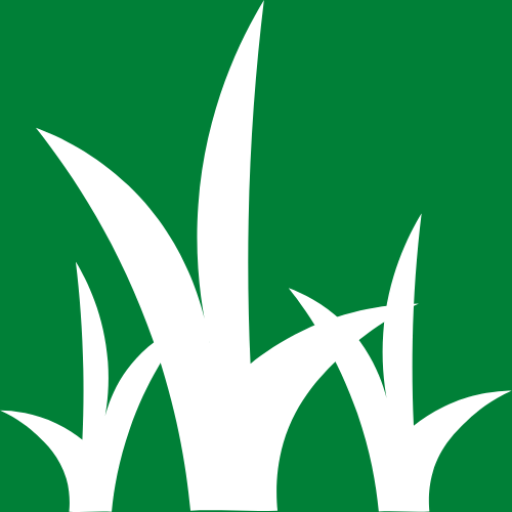It is possible to mould your tree to a specific style by using pruning strategies. There are seven main tree shapes, each with its own set of advantages in different settings. Simply chop off the unnecessary branches throughout the growth of the tree, tie the desired branches into the appropriate shape, and you will be able to shape it whatever you like. However, some of the more sophisticated shapes necessitate equally advanced trimming processes. There are numerous books on the subject.
If you’re trying to shape your tree, you should do all of your tying and pruning in the fall. Because no fruits will be produced at that time, the shape will be encouraged to stick. Each of the many shapes is extremely useful in particular situations. So, here are some other types of forms from which to choose.
Standard trees require little explanation. These are the most common types, and they are most likely what you envision when you think of a tree. The shape does not need to be shaped in any way to adopt its shape. Simply let it alone and prune it normally, and unless you have a strangely distorted tree, it should finish up being a conventional tree.
Pruning can be used to transform a regular tree into a bush tree. The limbs have the same shape, but the tree’s stem or trunk is notably shorter. This is useful if you want to plant trees but don’t want to impede the view. My house, for example, has a beautiful view of the Rocky Mountains. I didn’t want to give up this beautiful vista, so I cultivated my trees as bush trees.
Cordons are a type of tree that many people are unfamiliar with. It has a single stem with no branches. It is planted at an angle, arching up above the earth. All branches are removed throughout the growing process. These are advantageous since they take up very little space and allow for more to be put into a given square footage. The sole disadvantage is that they produce fewer fruits per tree.
Espalier trees have a central vertical stem and many horizontal branches on either side. These enable extensive rows of trees to be planted while still producing a big amount of fruit. If you own an orchard, you most likely employ this form to fit as many trees as possible into the available space.
The same logic applies to fan trees as it does to espalier trees. The form, however, is slightly different. The same central vertical stem is used, but the connected branches are not horizontal; they grow in the same pattern as a standard tree, but in two dimensions rather than three. They are also used to save space and are used in place of espalier trees for certain types of trees that thrive on sloped branches.
The step-over espalier is another form of espalier. They seem like a conventional espalier but have only one horizontal branch that is quite close to the ground. They are especially intriguing because they continue to produce delicious fruit while also serving as a border for whatever you want. I fenced in my garden with step-over trees. They are unquestionably my favorite tree shape, owing to their function as a fruit-bearing fence. What’s not to love about this?
As you can see, each of these shapes has advantages and disadvantages. If any of these sound like a good fit for your garden, you can ask your local nursery employees for recommendations on reading material that will help you achieve your objectives. Getting the tree into the desired shape is usually a simple process that only requires some guidance at the start.

